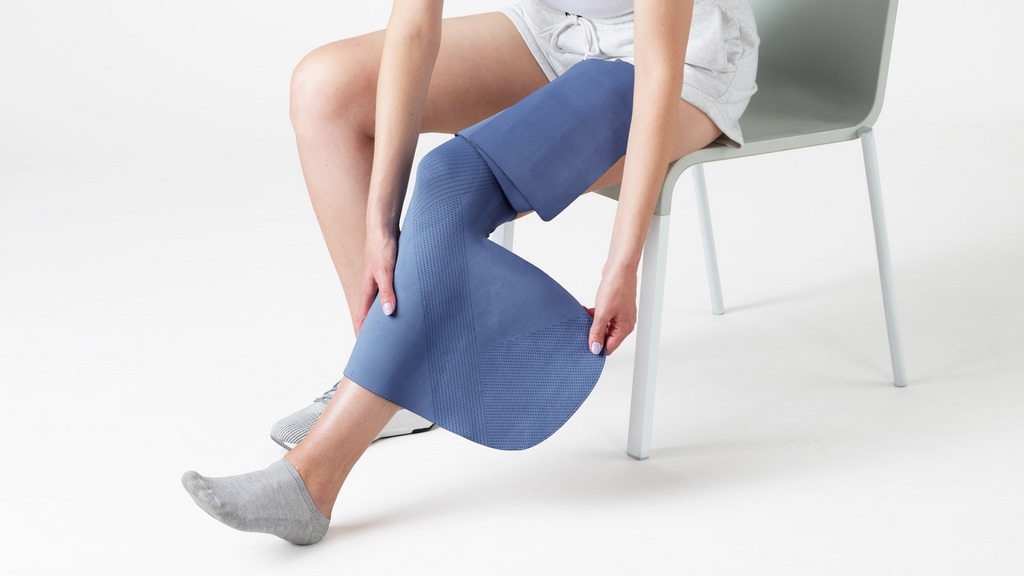
A Velcro sleeve fastened around the leg has been designed with electrodes that help stimulate the muscles of those who experience difficulty getting around due to nervous system conditions.
It uses artificial intelligence to detect walking gait, and sends that information to the electrodes to ensure each leg is moving as much in sync as possible.
Furthermore, this device will be ready for delivery to those who have experienced a stroke, or have multiple sclerosis or cerebral palsy, in 2023. All testing and approval has already been concluded.
Called the Neural Sleeve, it was developed by a company that makes bionic wearables called Cionic.
“Think of it as a way to sort of remote control your own leg,” said Yves Béhar, the brains behind a design studio Fuseproject, which worked with Cionic to make the technology usable and scalable.
“What the algorithms do and what the electrodes do is they deliver that right sequence. And when the brain has relearned and re-acquired the knowledge of how to fire those muscles, the sleeve is not needed anymore,” Béhar told Dezeen.
The lightweight fabric is fastened around the leg with Velcro, and comes in different colors and patterns so wearers don’t need to look at it like a medical device, but more like a knee-brace or similar non-tech wearable.
An app on the phone can also quickly change the mode in which the electrodes are firing to suit different actions, such as sitting down or cycling.
SIMILAR: Bionic Eye, As Sensitive as the Human Retina, May Give Sight to Millions
When testing of the Neural Sleeve began, Cionic started with 50 prototypes, and initially targeted a condition known as foot drop, where the patient can’t lift the front half of their foot. 94% of these trialists experienced greater mobility in and around the feet.
“Not only has reported mobility improved for many of these users, the number of users experiencing moderate to severe pain was reduced by 60% and the number of users experiencing moderate to severe anxiety or depression was reduced by 75%,” Cionic claims.
“Wearing the Neural Sleeve, I move in a way that is more flowing and natural. I am walking more quickly and smoothly, while using less energy in doing so. Already I feel that I am getting stronger and more enduring,” said Jim Vecchi, trial patient.
“I should also mention that the Neural Sleeve is surprisingly comfortable and my body has become accustomed to wearing it surprisingly quickly. I do not have the words to properly explain the positive effects on my confidence and outlook.”
RELATED: First Time Someone With Cut Spinal Cord is Able to Walk Freely, Thanks to New Swiss Technology
Founder of Cionic, Jeremiah Robison, pursued the idea originally after his daughter was diagnosed with cerebral palsy, and he realized that by helping her, he could help millions of other Americans.
WATCH the wearable in action…
HELP Get The Word Out About This Amazing Available Technology…
Editor’s note: This article has been changed as Mr. Robison’s name had been misspelled.




















I wondered if this might be used by some Parkinson’s patients as well.